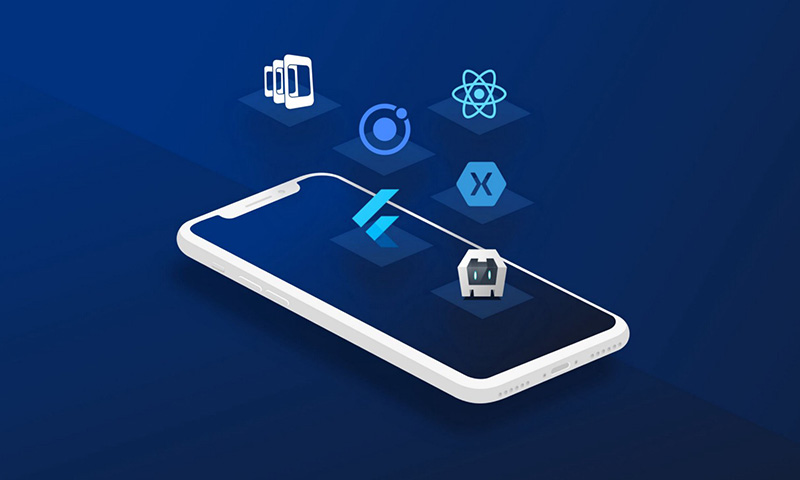Cyber security is a set of technologies, procedures, and practises aimed at preventing attacks, theft, damage, alteration, or illegal access to networks, devices, programmes, and data. It is also known as electronic information security or information technology security in varying circumstances.
The bulk of cyber assaults and data leaks in the IT industry majorly unacknowledged by human error and other software outdated upgradation procedures.
With defined policies software upgradation procedures strengthen security by using latest technology present like automation, AI/ML models. However, below you will explore various types of security, possible threats, and the use cases.
By means of attended automation, robotic automation and fully led robotic workforce supervision these are ways how employees coordinate with robots from semi automation to full automation of business processes.
Different Types of Security
- Network security: It is primarily concerned with the safety of digital data transferred between devices on a network. Implemented firewall, running antivirus plus creating and enabling virtual private network will avoid Intruders, whether targeted attackers or opportunistic malware
- Application security: It is the method of safeguarding apps from malicious assaults by detecting and correcting security flaws in the code of your applications. The goal of it is to keep software and devices safe against attacks. A hacked programme may allow access to the data it was supposed to safeguard.
- Information security: Data integrity and privacy are protected by information security, both in storage and in transport via three terms (information’s confidentiality, integrity, and availability).
- Operational security: The methods and decisions for handling and securing digital assets are included in operational security where permission users have access to data storage directory with shared data which fall under this space
- Disaster recovery: A company reaction to a cyber-security event that results in a loss of operations or data. Disaster recovery policies specify how an organisation restores operations and information to resume normal operations.
- End-user education: It tackles the most unpredictable aspect of cyber-security: humans. By failing to follow appropriate security measures, anybody might unintentionally introduce a virus into an otherwise protected system.
The probability of cyber threat
- Customers’ financial and account information (e.g. credentials, payment information) or personally id information that they may exploit for monetary benefit are targeted by enterprise-like cybercriminals.
- In medical services, retail, and government entities, with malicious criminals being accountable for most occurrences. Because they gather financial and medical data, some of these industries are particularly appealing to cybercriminals, but any organisation that uses networks might be targeted for customer data, information theft, or consumer assaults.
- A threat body gets illegal access to a computer network and remains undiscovered for a lengthy period of time as an advanced persistent threat (APT).
- In a phishing attack, the attacker makes consumers feel they’re dealing with a legitimate entity when it comes to critical information like credit cards. Phishing emails sometimes resemble communications from huge firms such as PayPal, Amazon, or Microsoft, but also banks or government agencies
Use Cases
Software Development Security
SDS focuses on a few of a system’s or application’s internally created difficulties. This domain provides security training to developers, conducts code analysis, supervises process and procedure development, and recognises newer feature needs of an application and their impact on its security.
Automation
- Used in finding new vulnerabilities in a server during server protection monitoring and also compliance monitoring
- Prepare test scenarios for penetration testing and then run them against a network or system.
- Reduce the amount of time and effort needed to build a secure configurable system to a fraction of time than before.
- From planning, design, execution, and security verification, automate the entire process.
AI & ML
- AI and ML technologies assist under-resourced security systems in staying up - to - date threats, increasing the flexibility of existing cybersecurity solutions for new and more robust solutions.
- If a harmful behaviour is identified, AI may drastically reduce response times and increase security without relying on millions of research papers.
- AI-based risk analysis solutions can be used to detect changes in password patterns of direct consumer behaviour, as it can disclose non-working pattern.
- To monitor, a system for example use email by viewing it to check whether it has any elements that signify risks, such as photos of a specified size.
- NLP (Natural Language Processing) could be used to understand the words of incoming and outgoing emails in order to detect patterns or terms in the message that are linked to phishing attempts.
Conclusion
The best protection is a combination of cyber security measures and a well-informed educated user base. Always start with the most valuable assets and gradually scale up efforts when the Cyber threats arises. Cyber-Security applications have recently become one of the most popular AI applications. This is partly since many applications rely on anomaly detection, which lends itself well to machine learning (ML) models.
Our Solution
‘Digisec’ doc ensures document management along with maintaining document originality, which would avoid forged documents and safe environment to store. Hence, enhance the security for your software today
